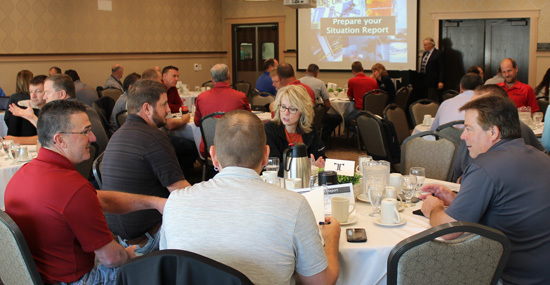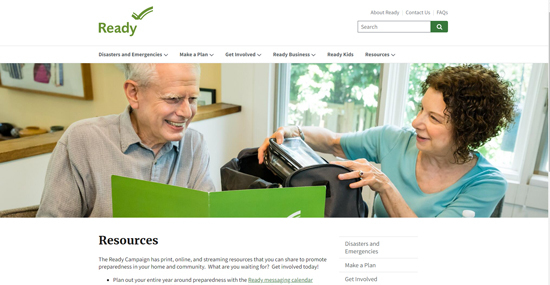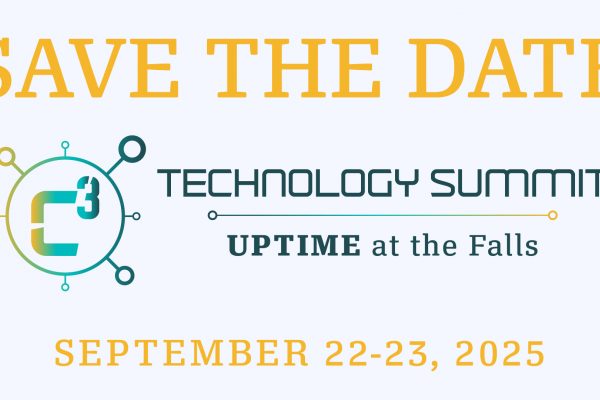
Although businesses in the Upper Midwest might not be fully prepared for blizzards and other winter storms, bouts of bad weather usually don’t come as a surprise. Cold, snow and wind are predictable risks that come with each new winter.
In recent years, businesses throughout the Northern Plains also have been painfully reminded of the devastation that can be caused almost year-round by heavy rainfall and flooding.
Fire and tornadoes, which can strike quickly and largely by surprise, are among other disasters that businesses face. The highly destructive and seemingly random nature of such forces leaves strong impressions on survivors as well as victims.
Victims of almost any type of disaster face one common risk: the possibility that they will lose or suffer a disruption of a technological service, such as electrical power or a computer network.

Employees from SDN Communications and its member companies across South Dakota were reminded of many disaster-related risks during recent training sessions in Sioux Falls. They were built around imaginary, emergency scenarios, such as a train hauling chlorine gas that derails and explodes.
Employees were divided into groups and together, they decided how to react as problems gradually unfolded. They presented decisions to the room and reviewed tactics through discussions.
Bob Mellinger, president of Attanium Corp., led the training sessions. His Arizona-based company specializes in helping organizations with on-site training exercises and business continuity planning.
“Many organizations have plans for coping with crisis and dealing with disruptions,” according to Mellinger. “The true question is, ‘Will our plan really work when disaster strikes?’”
Mellinger says to be effective, a plan must be accessible and dynamic. It must constantly evolve to reflect changes in the environment, staffing, regulation, policies, and procedures.
“If you’re not going to test the plan regularly to keep it current and ensure its viability, you might as well throw it away after a few months,” he says.

Several free, public resources are available to help businesses and organizations improve their preparedness. Readily available resources and their websites include:
- Federal Emergency Management Agency
- Department of Homeland Security
- American Red Cross
- National Weather Service
- Center for Disease Control and Prevention
- Institute for Business and Home Safety
Much of the guidance in emergency-planning reports is common sense, but the sites provide a good, advance checklist of suggestions.
For example, under the category of Technology Emergencies, FEMA recommends that all critical operations be identified during the planning process. That includes everything from utilities to transportation systems.
Then, the potential impact of disruptions should be determined, according to FEMA. Key safety and maintenance personnel should be familiar with building systems before disaster strikes. Procedures for restoring systems and preventive maintenances schedules also should have been prepared in advance.
As Attainium stresses, keeping a plan updated can be challenging for any business, but maintaining an up-to-date strategy is critical to the long-term well-being of any organization. A business continuity and disaster recovery plan, or BDCR strategy, can prevent chaos during a disaster and guide an organization’s post-disaster recovery.
Preparation is critical to the long-term well-being of any business organization.
Most importantly, planning can help save lives.
SDN Communications is a regional leader in providing broadband connectivity and cybersecurity services to businesses in communities such as Sioux Falls, Rapid City, Worthington, and the surrounding areas. SDN member companies serve much of rural South Dakota with internet, phone, TV and other telecommunications services.




